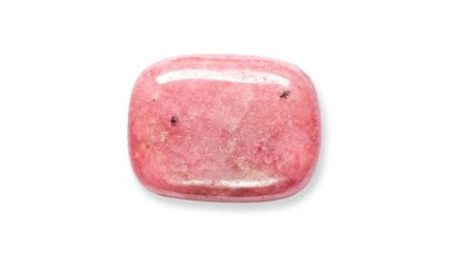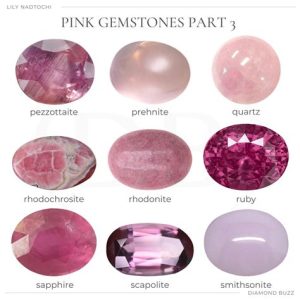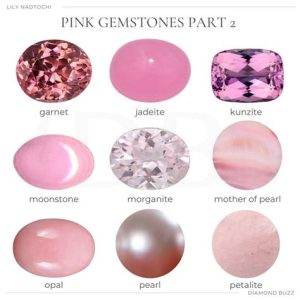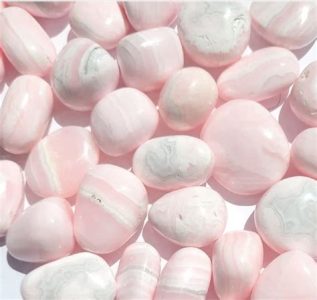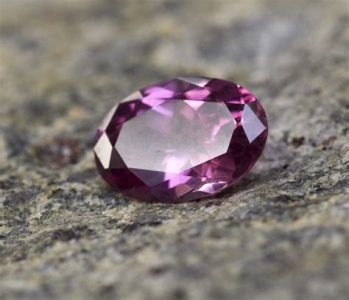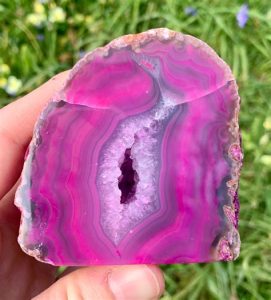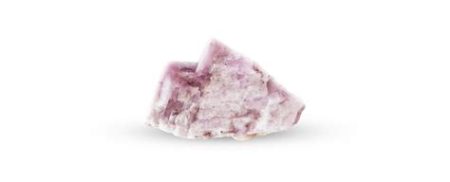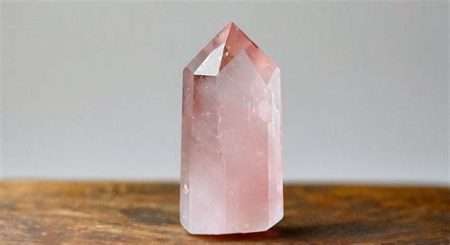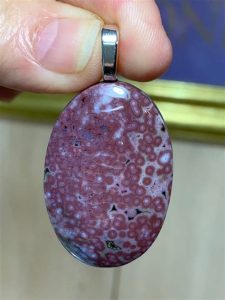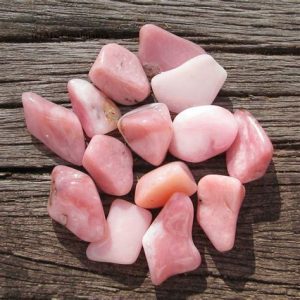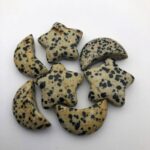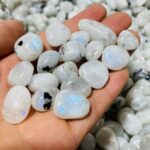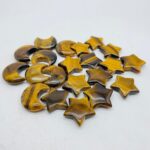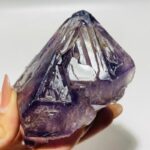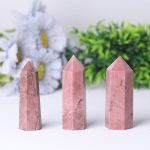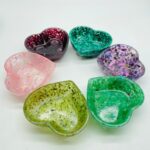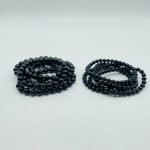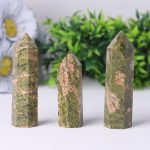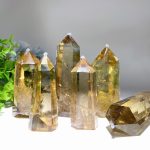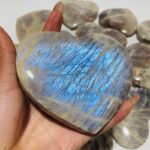Introduction
Citrine is a beautiful and versatile gemstone that has been prized for centuries. In the past few years, the demand for citrine has increased significantly due to the popularity of yellow and orange jewelry. True citrine is a naturally occurring gemstone of a beautiful yellow-orange color and is a variety of quartz. However, most of the citrine on the market today is actually heat-treated amethyst. Heat treatment is a very common practice in the jewelry industry, and it can be used to improve the color and clarity of a wide variety of gemstones.
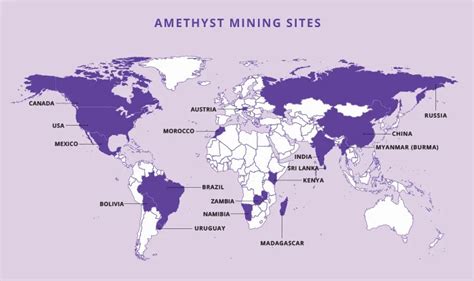
True Citrine VS Heat-Treated Quartz
Color
The most obvious difference between true citrine and heat-treated quartz is their color. True citrine has a natural yellow-orange color, while heat-treated quartz has a more orange-brown color. This is because the heat treatment process causes the iron impurities in the amethyst to oxidize, which gives the stone its orange color. The color difference can be seen in the table below:
| gemstone type | color |
|---|---|
| True citrine | Yellow-orange |
| Heat-treated quartz | Orange-brown |
Clarity
Heat treatment can also improve the clarity of amethyst. The heat treatment process can remove impurities and inclusions, making the stone more transparent.
Durability
Both true citrine and heat-treated quartz are durable gemstones. They are both resistant to scratching and abrasion. However, heat-treated quartz may be more prone to chipping and breaking than true citrine because it is more brittle.
Price
True citrine is more expensive than heat-treated quartz. The hardness of true citrine ranges from 7 to 7.5 on the Mohs scale. The specific gravity of true citrine is 2.65 while the refractive index is 1.54-1.55. The price of true citrine can be affected by its size, color, and clarity. The largest source for Citrine is Brazil. Brazil is responsible for producing approximately 95% of the world’s citrine.
How to Identify True Citrine VS Heat-Treated Quartz
There are a few ways to identify true citrine from heat-treated quartz:
- Color: True citrine has a natural yellow-orange color, while heat-treated quartz has a more orange-brown color.
- Clarity: True citrine is usually more transparent than heat-treated quartz.
- Price: True citrine is more expensive than heat-treated quartz.
Why True Citrine Matters
True citrine is a beautiful and versatile gemstone that can be used in a variety of jewelry applications. It is also said to have a number of metaphysical properties such as promoting creativity, joy, and abundance.
Benefits of True Citrine
- Beautiful color: True citrine has a beautiful yellow-orange color that is perfect for a variety of jewelry applications.
- Versatile: True citrine can be used in a variety of jewelry applications, including rings, earrings, pendants, and bracelets.
- Durable: True citrine is a durable gemstone that is resistant to scratching and abrasion.
- Metaphysical properties: True citrine is said to have a number of metaphysical properties such as promoting creativity, joy, and abundance.
Conclusion
True citrine is a beautiful and versatile gemstone that can be used in a variety of jewelry applications. It is also said to have a number of metaphysical properties. If you are looking for a beautiful and durable gemstone, true citrine is a great option.
FAQs
-
What is the difference between true citrine and heat-treated quartz?
True citrine is a naturally occurring gemstone of a beautiful yellow-orange color, while heat-treated quartz is amethyst that has been heat-treated to give it an orange-brown color. -
How can I identify true citrine from heat-treated quartz?
You can identify true citrine from heat-treated quartz by its color, clarity, and price. True citrine has a natural yellow-orange color, while heat-treated quartz has a more orange-brown color. True citrine is also usually more transparent than heat-treated quartz and is more expensive. -
Why is true citrine more expensive than heat-treated quartz?
True citrine is more expensive than heat-treated quartz because it is a naturally occurring gemstone that is more rare. -
What are the benefits of true citrine?
True citrine is a beautiful and versatile gemstone that can be used in a variety of jewelry applications. It is also said to have a number of metaphysical properties such as promoting creativity, joy, and abundance. -
Where can I buy true citrine?
You can buy true citrine from a variety of jewelry stores and online retailers.
Market Insights
The global citrine market is expected to grow significantly to reach USD 704.09 million by 2028. The main drivers of growth are the rising popularity of yellow and orange jewelry, the increasing demand for citrine in the fashion industry, and the growing awareness of the metaphysical properties of citrine.
Appendix
Table 1: Comparison of True Citrine and Heat-Treated Quartz
| Feature | True Citrine | Heat-Treated Quartz |
|---|---|---|
| Color | Yellow-orange | Orange-brown |
| Clarity | Usually more transparent | May be less transparent |
| Durability | Resistant to scratching and abrasion | May be more prone to chipping and breaking |
| Price | More expensive | Less expensive |
Table 2: Benefits of True Citrine
| Benefit | Description |
|---|---|
| Beautiful color | True citrine has a beautiful yellow-orange color that is perfect for a variety of jewelry applications. |
| Versatile | True citrine can be used in a variety of jewelry applications, including rings, earrings, pendants, and bracelets. |
| Durable | True citrine is a durable gemstone that is resistant to scratching and abrasion. |
| Metaphysical properties | True citrine is said to have a number of metaphysical properties such as promoting creativity, joy, and abundance. |
Table 3: FAQs about True Citrine
| Question | Answer |
|---|---|
| What is the difference between true citrine and heat-treated quartz? | True citrine is a naturally occurring gemstone of a beautiful yellow-orange color, while heat-treated quartz is amethyst that has been heat-treated to give it an orange-brown color. |
| How can I identify true citrine from heat-treated quartz? | You can identify true citrine from heat-treated quartz by its color, clarity, and price. True citrine has a natural yellow-orange color, while heat-treated quartz has a more orange-brown color. True citrine is also usually more transparent than heat-treated quartz and is more expensive. |
| Why is true citrine more expensive than heat-treated quartz? | True citrine is more expensive than heat-treated quartz because it is a naturally occurring gemstone that is more rare. |
| What are the benefits of true citrine? | True citrine is a beautiful and versatile gemstone that can be used in a variety of jewelry applications. It is also said to have a number of metaphysical properties such as promoting creativity, joy, and abundance. |
| Where can I buy true citrine? | You can buy true citrine from a variety of jewelry stores and online retailers. |
Table 4: Market Insights for True Citrine
| Year | Citrine Market Value |
|---|---|
| 2021 | USD 456.47 million |
| 2022 | USD 502.63 million |
| 2023 | USD 554.92 million |
| 2024 | USD 613.46 million |
| 2028 | USD 704.09 million |

